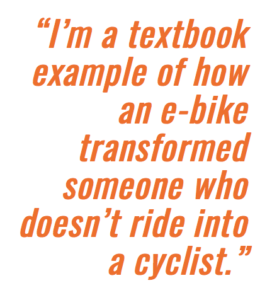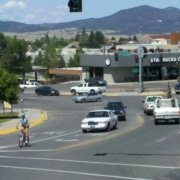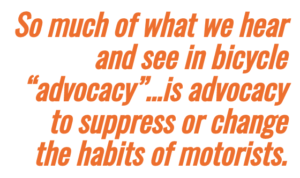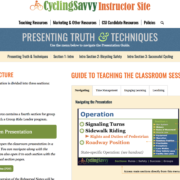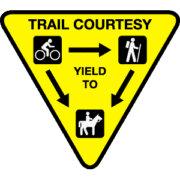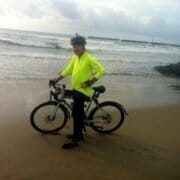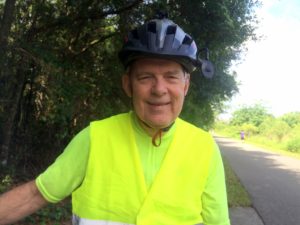Daytime Lights: Magic Bullet Or Not?
Two recent tragic bicyclist deaths in Florida resulted in a local newspaper column extolling the importance of daytime running lights. Without going into detail about these tragedies, I’ll say one thing: It’s doubtful that either death would have been prevented by daytime running lights.
That’s the thing about tragedies and safety equipment. Whatever safety equipment you’re enamored of — daytime running lights, protective padding, helmets — it will help some times, but not others. But when you’re upset because a friend died, that kind of thought-chopping doesn’t come to mind.
Of this you can be sure: Safety equipment is an area where “always” and “never” don’t exist, and where emotional baggage leads all of us to want to cling to a magic solution.
As an expert witness in bicycle crash reconstruction cases, I believe daytime running lights are usually superfluous. Yes, there are specific occasions where they do help. But they often are used as a makeshift solution for problems best solved by behavior change. If daytime running lights are offered as a do-it-all solution, they become grist for victim blaming when a cyclist was doing nothing wrong.
When To Light Up
Let’s start with the situations where daytime running lights do help. These would include fog, heavy rain, the sun low on the horizon, confusing lighting, and short sight distances on curvy roads.
Fog can reduce visibility to a very short distance. Where I live, in the hills of eastern Pennsylvania, the hilltops can be in the clouds and the valleys can be clear. Sometimes I may need daytime running lights — very bright ones at that — to be seen in the fog. But a half-mile later, I’m out of the fog, and visibility is good.
Some of the curviest country roads make a case for daytime running lights. Even so, if you measure the actual sight distance on a curvy country road, you’ll be surprised at how far it really is. There’s plenty of space to slow down from curvy-road driving speed to cyclist speed. But there’s no harm in giving the overtaking motorist a wake-up call.

Scott Slingerland, executive director of Bethlehem, PA’s Coalition for Appropriate Transportation, demonstrates the effectiveness of daytime running lights earlier this month in Easton, PA.
Lane Position
It’s your lane position that affects how soon you’re seen, often more than any light can. This is especially true on curvy roads. If you’re hugging the curb on a curve to the right, you come into view later than a rider using a lane control position.
Dappled mottled light, on a tree-shaded road, makes a case for daytime running lights. The brain takes longer to assemble the picture of a bicyclist in such lighting conditions.
Daytime running lights need to be bright enough to be conspicuous in daylight. If not, they’re no more effective than a rabbit’s foot. How often have you seen a bicycle light, in bad need of new batteries, blinking feebly — in broad daylight? I saw several on a recent trip to Philadelphia. A dim, poorly aimed daytime blinkie just sucks up the electricity to make the light even less effective at night when that rider absolutely needs it.
Brightness costs money. The least expensive bike lights (less than $10 for a front-and-rear set from a major discount retailer) are usually bright enough for nighttime use. But I wouldn’t bet on those lights being noticed on a sunny day. To be seen in daylight, you want a more powerful light. The taillights that have a strobe function (Portland Design Works Danger Zone and Planet Bike Superflash are two that come to mind) cost more than this. So do brighter headlights.
I recommend that you test daytime running lights in the situation when you might use them. Turn them on, take them outside, and see how they appear from 50 paces away. Do they jump out at you? Are you sure? Remember, you’re an alerted observer, and you are far more attentive to them than the people you want to see them. Those people are un-alerted observers.
When the Sun is Low: Your Shadow Points to the Danger
Does a daytime running light really solve the sun-low-on-the-horizon problem?

While the world probably looks clear to this cyclist, his shadow points toward drivers on a high-speed arterial road who have the sun in their eyes – and may not see him as he violates their right-of-way
As we teach in CyclingSavvy, the sun low on the horizon can be a serious problem. Your shadow points in the direction of people who can’t see you. And in the class, we tell people to take a different route or to wait a few minutes for the lighting conditions to change.
The need to verify your lights’ adequacy is most especially true when the sun is low and casting glare. In that situation, you’re asking your daytime running lights to overpower the entire sun! If you do a good observation experiment — with several observers, please — take good notes and tell us what you saw. We’ll publish it. Bonus points if you take a good photo.
Blinded By The Light
What if your light is too bright? At a minimum, you annoy people. You distract drivers from their ongoing job of absorbing visual information and then going on to the next bit of visual information.
It’s a fad — a bad fad, in our opinion — to make emergency vehicle lighting so bright and so discordant that it’s difficult to look away from it. But look away you must, in order to focus on the path you need to travel. The driver needs to watch where she’s going, and watching the light display interferes with that.
Some of today’s lights are strobes, rather than light-emitting diodes. Are they too bright? In some situations, yes. For daytime running lights in pea-soup fog, probably not.
Remember, in normal lighting conditions, a cyclist in a black shirt is easy to see from 200 yards away. And all of us have an obligation to be looking when we drive.
Daytime running lights make you more visible, certainly. But if you were already visible, does making you more visible help? I don’t think so. You need to be relevant as well as visible. The nature of driving is that the driver discards most visual information. When he sees a bicyclist on the shoulder, his brain thinks, “That cyclist is out of my way, and he’s not a factor.” A blinking light is unlikely to change that thought process.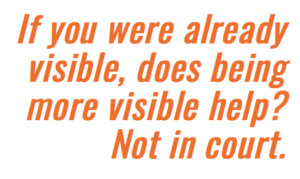
Any search engine will find you dozens of articles in which daytime running lights are praised as if they are mother’s milk. In those articles, people who don’t use daytime running lights are badmouthed. This is stunningly irresponsible, because it aids and abets victim blaming where it matters most — in court.
Imagine yourself, the victim of a motorist-at-fault car/bike collision. You were plainly visible. But the defense counsel brings out a stack of articles telling you what a jerk you were for not using daytime running lights. He asks you to read them aloud on the witness stand. Your emotions go south and your blood pressure skyrockets. After the first dozen articles, he calls for a break, and out in the hall, offers you $100 to settle the case then and there.
So. . . use daytime running lights mindfully. And promote them cautiously.

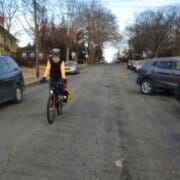
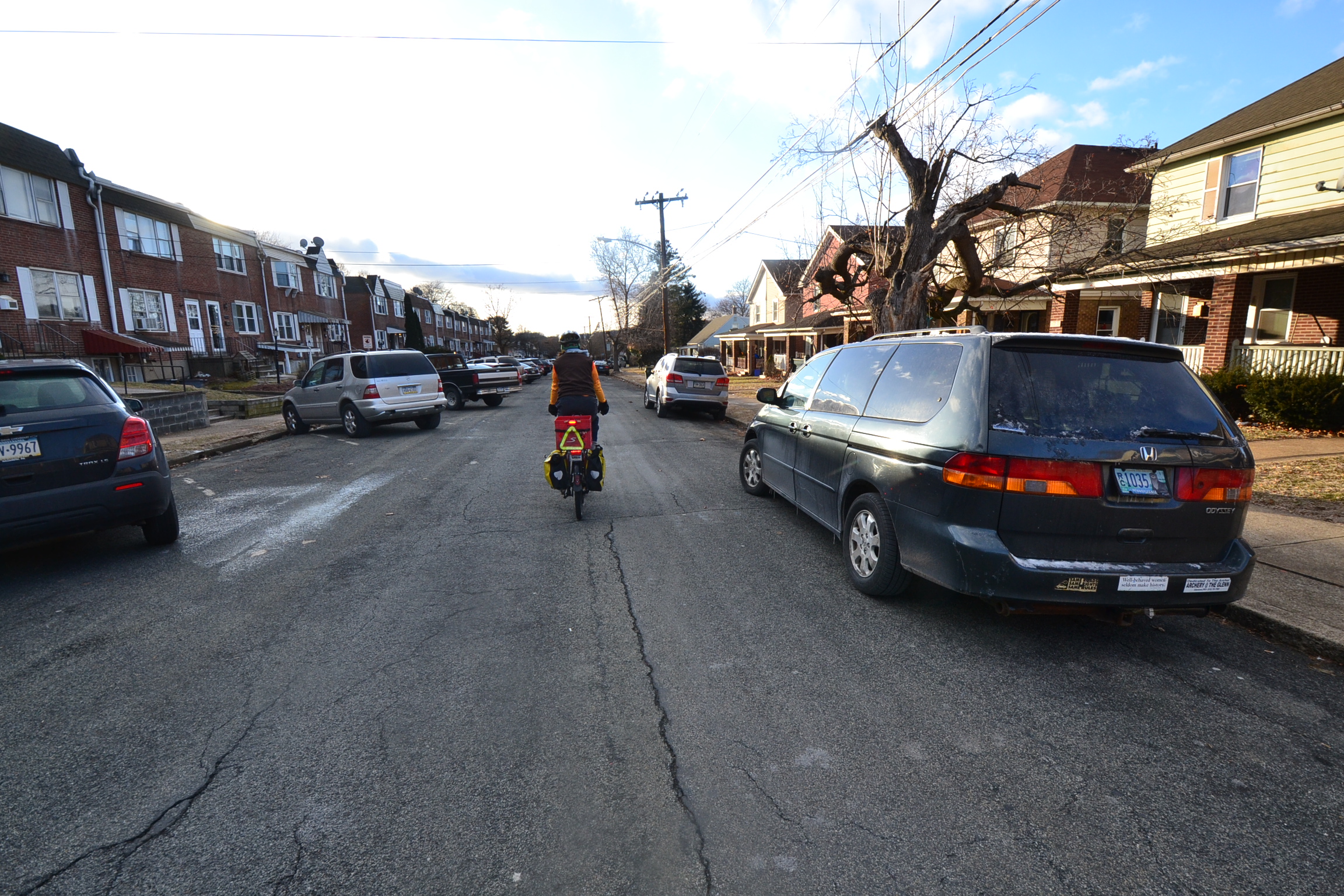


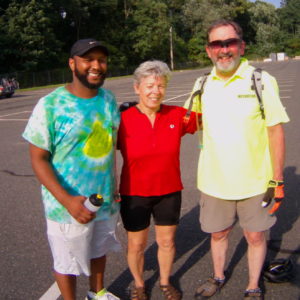

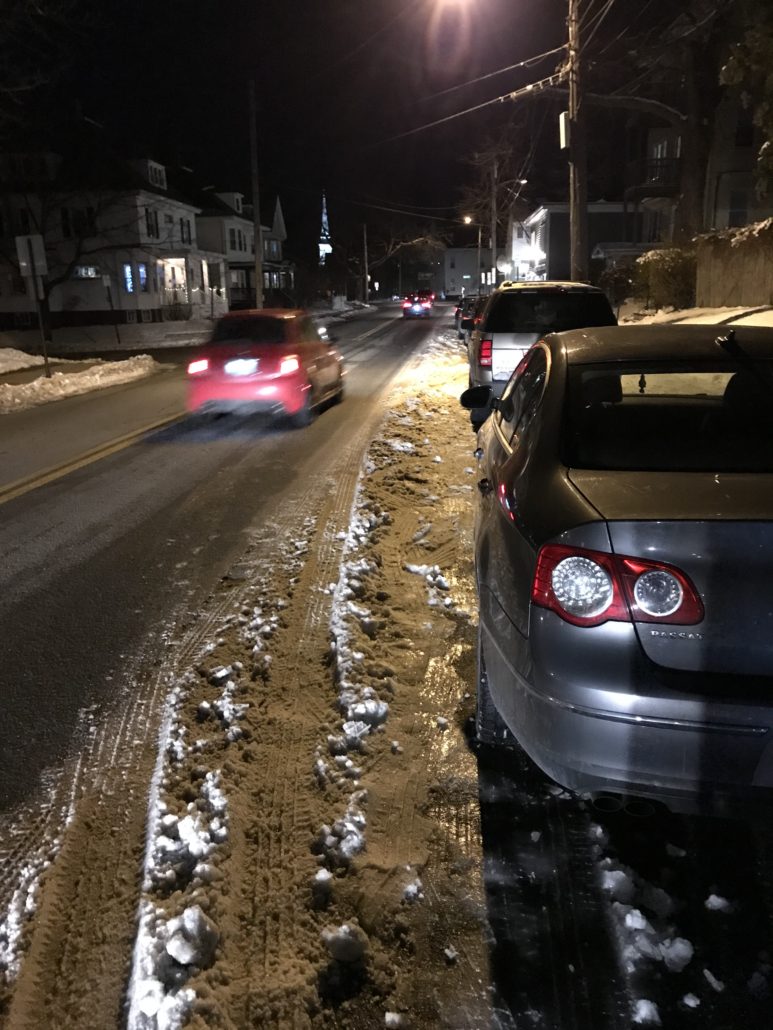
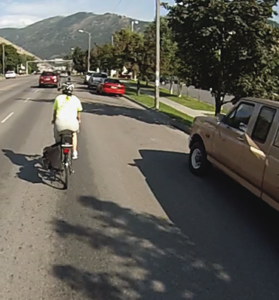

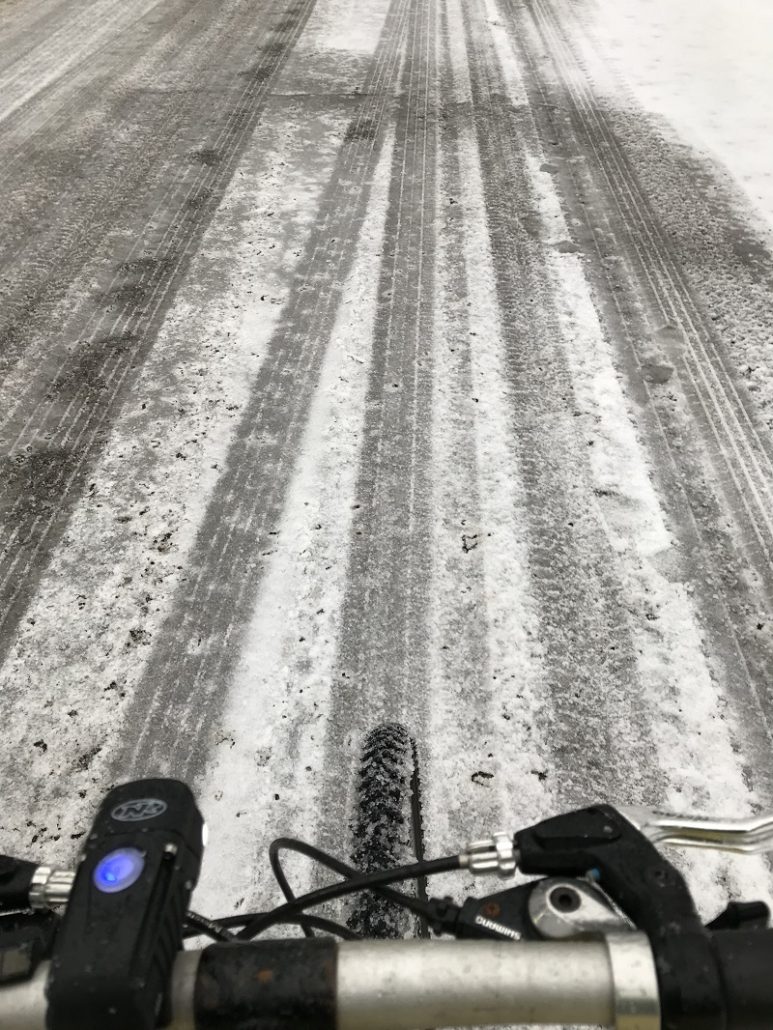
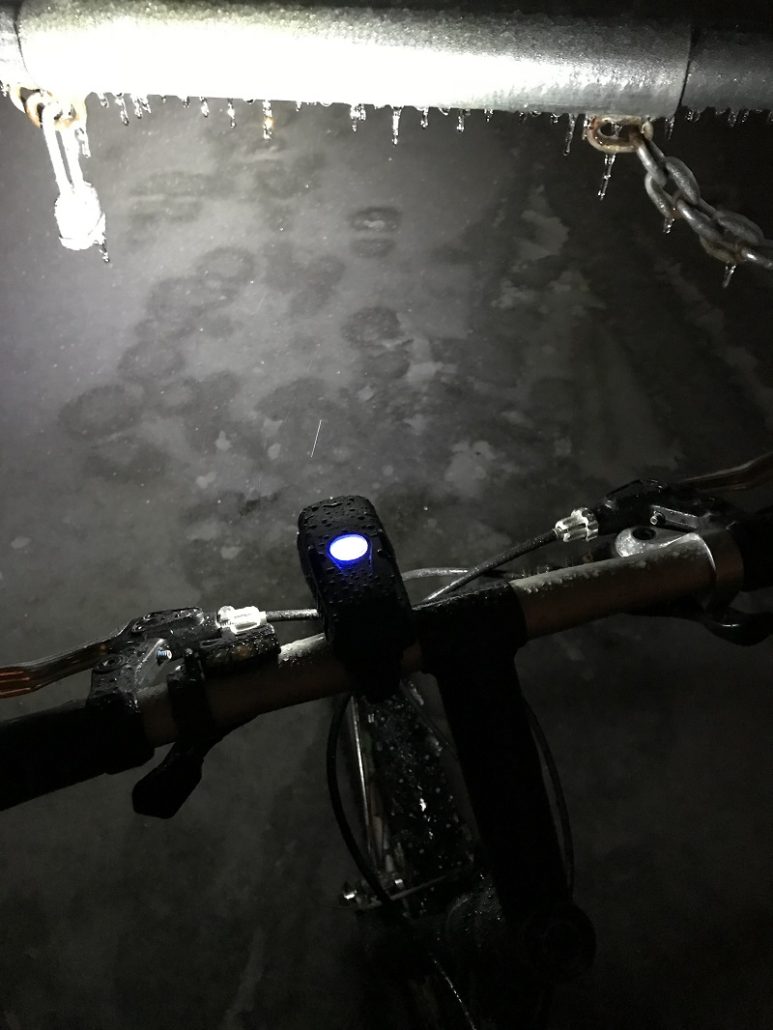
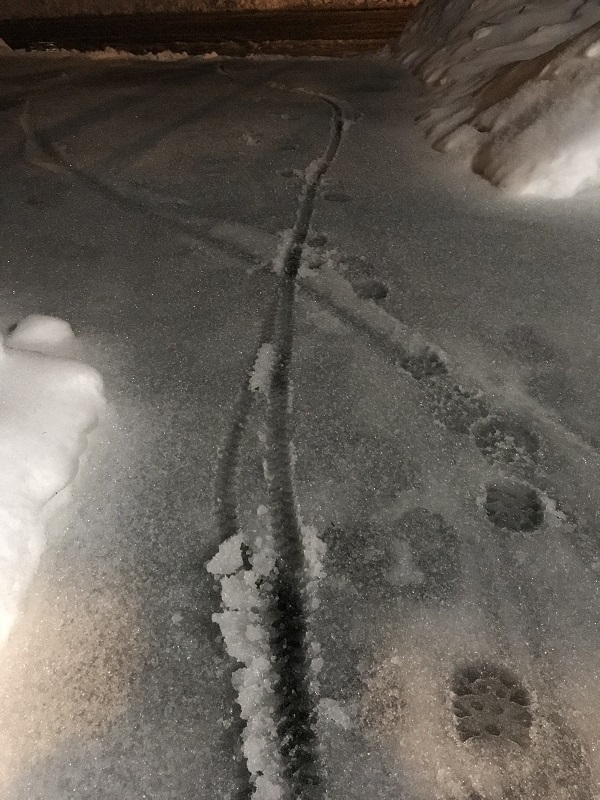
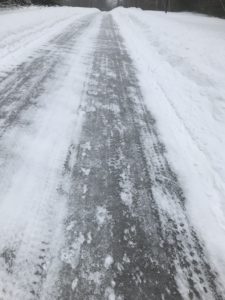
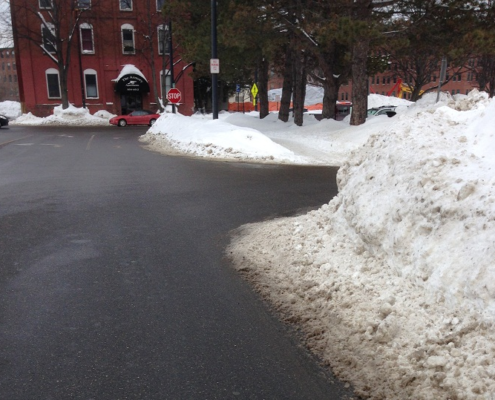

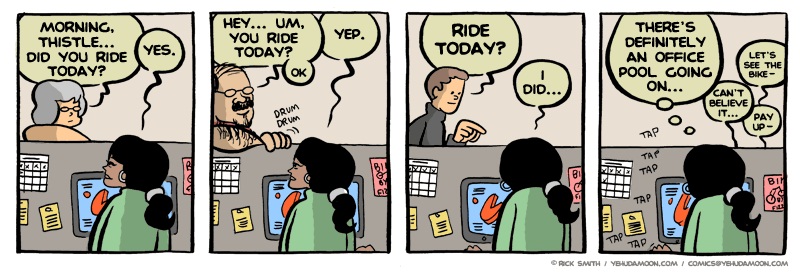

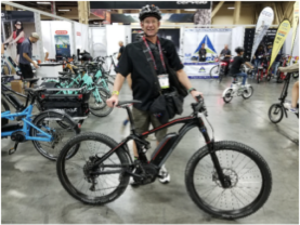
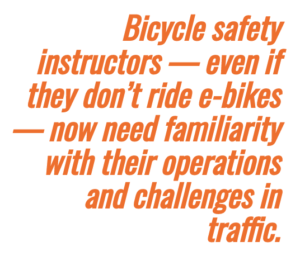




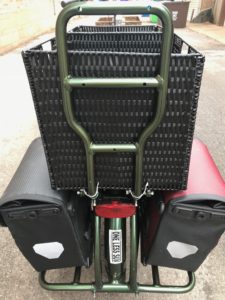




 Shannon learned to ride when she was 11, but for the next 30 years or so, showed no interest in bicycling, except to comment on observations she’d made from behind the wheel of her car.
Shannon learned to ride when she was 11, but for the next 30 years or so, showed no interest in bicycling, except to comment on observations she’d made from behind the wheel of her car.
